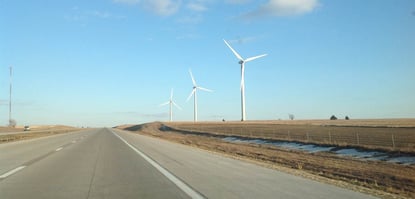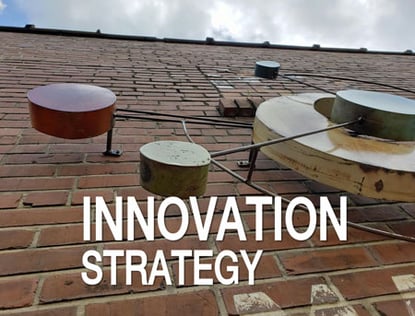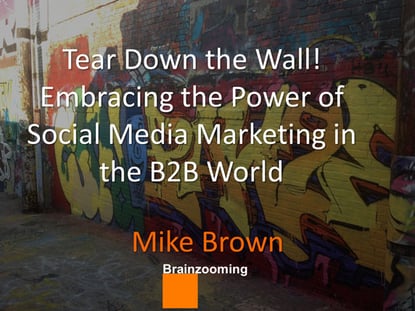David Rogers, author of "The Network Is Your Customer" and executive director of the Center on Global Brand Leadership at Columbia Business School, stopped by the Kansas City Public Library last week for a speech on his book and its 5 strategy implications for brands.
Strategy Implications from New Customer Roles
"The Network Is Your Customer" examines how networks connect and change us since individuals can now be viewed as networks themselves. Rogers' social networking model recognizes the advent of mobile technology in opening a whole new array of brand roles for individuals. These brand roles include (among others) serving as:
- Broadcasters (Iranian Revolution)
- Antagonists (United breaks guitars)
- Brand managers (creation of the Coca-Cola Facebook presence)
- Product innovators (Cisco I-Prize competition)
One implication of the self-organizing nature of networks is brands should see themselves as situated within a network, but not at its center.
With this fundamental shift, simply adding a Facebook page to a traditional advertising strategy, sharing intermittent content, and getting people to like a brand isn't sufficient. Fully realizing the opportunity requires rethinking a brand's business model.
5 Customer Behaviors Requiring Strategy Responses
There are 5 customer behaviors David Rogers calls for brands to strategically address within the "network is your customer" model. He covers the 5 strategies in the video below:
1. Access - Provide the network with easy, flexible, and quick interaction on network members' own schedules.
2. Engage - The interruption model advertising uses isn't resonating anymore. Every company needs to think and act as a media company by creating compelling, attractive content.
3. Customize - How do you deliver an incredible number of choices - both virtual (gaming, Pandora) and physical (Starbucks design your Signature drink, Amazon) - so consumers can dial in their wants and needs?
4. Connect - Listen and interact in the marketplace with audience members by responding (@Comcast Cares), providing forums for conversation, and inviting ideas from outside the company (Dell).
5. Collaborate - Open contributions (the 100 million hours behind Wikipedia), open competition (Innocentive), and open platforms (the iApp marketplace) are all examples of new models of creation-oriented collaboration between brands and audiences.
David Rogers advises brands to not start with technology (since it will always be changing and developing), but instead to begin with understanding what the organization wants to achieve.
When asked who does all five of them well, David Rogers pointed to Dell and the 2008 Obama campaign. Getting a handle on the 5 behaviors can be overwhelming for companies, but the best brands are figuring out how they can help customers carry out these desired behaviors.
My 3 Walk-Away Ideas
I discovered the David Rogers talk via the Social Media Club of Kansas City, but it was decidedly NOT a typical local social media crowd. There was very little live tweeting, other than my tweets. This fact was interestingly pointed out to David Rogers during the Q&A section by an individual who just happened to be sitting next to me - unbeknownst to him. He reported the number of live tweeters and wondered aloud whether this "Brainzooming person" was an intense introvert (huh?).
Amid my many tweets on what David Rogers shared, I managed a few reflections on ideas triggered for me by his remarks:
- Amazon is a great example that where the virtual and physical worlds touch, density is still important.
- Maybe the push for brands to create great content will lead to a radical re-imagination of the original soap opera model?
- The move from physical to virtual (seen most especially in content) will dramatically extend to services and other products too as apps change how services and goods are created, delivered, and maintained, and replenished.
It was definitely a worthwhile and thought provoking trip downtown! – Mike Brown




